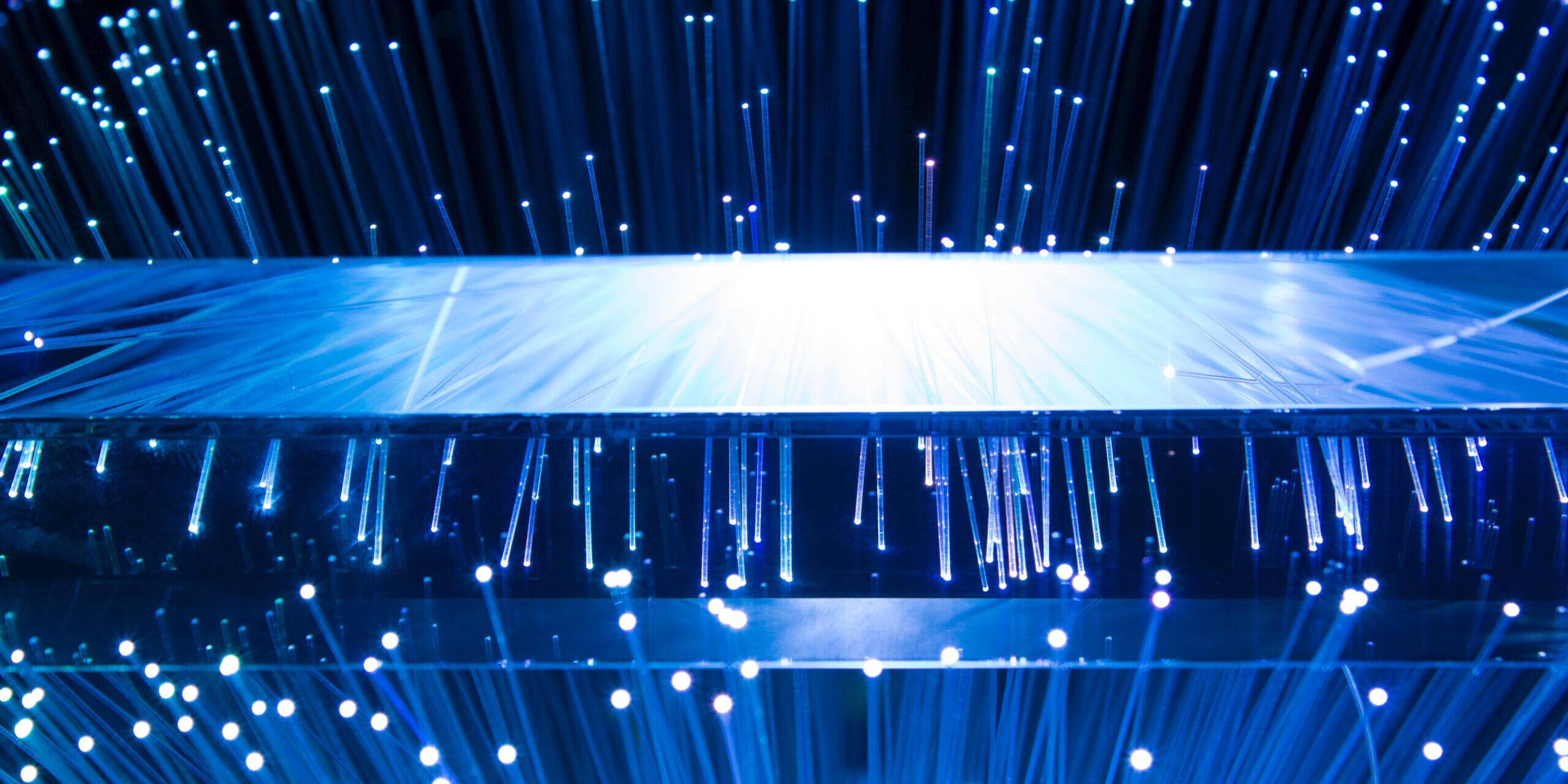Ein Interview mit Dr. Martina Weifenbach
Was bedeutet für Dich digitale Innovation?
In einer Welt der immer schnelleren Veränderung ist Innovation unabdingbar. Allerdings ist es wichtig Innovation als einen ganzheitlichen Prozess zu denken, und sie nicht nur in einzelnen Aspekten zu verorten. Wer bspw. Produktinnovation im Unternehmen fördert, sollte immer auch bedenken, dass die Veränderung einer Komponente des Geschäftsmodells (hier: des Produkts) auch Veränderungen in anderen Geschäftsmodellkomponenten zur Folge hat.
Die grundlegenden Komponenten eines Geschäftsmodells sind hierbei:
- Who: Wer ist der*die Kunde*in? Welches Problem hat er*sie?
- What: Was ist die Lösung? Was ist das Produkt bzw. der Service?
- How: Wie erreicht das Produkt den Kunden?
- Value: Wie verdient das Unternehmen Geld?
Digitale Innovation ist also keineswegs rein technisch, sondern sie basiert auf dem gesamten Geschäftsmodell. Darum ist es wichtig, die Mitarbeiter*innen und Menschen im Unternehmen auf die Innovationsreise mitzunehmen.
Wie kommen Achtsamkeit und digitale Innovation zusammen?
Achtsamkeit ist die Präsenz über den aktuellen Augenblick. Sie hilft dem*der einzelnen Mitarbeiter*in zu erkennen, welche Potentiale sie*er in das berufliche Tun einbringen will und fördert auf Ebene des Teams ein gegenseitiges Empowerment. In anderen Worten: Durch Achtsamkeit entsteht ein erhöhtes Bewusstsein dafür, dass ich als Mitarbeiter*in wichtig bin, um die Innovationsreise mitzugestalten und sie zum Erfolg zu führen. (siehe auch: Achtsamkeit und Agilität)
Was können Unternehmen heute tun, um den Anschluss nicht zu verpassen?
Innovation entsteht im Inneren des Unternehmens und wird viel zu oft unabhängig von den Menschen im Unternehmen gedacht. Innovation zu leben, bedeutet nicht Innovation in Technik und technologischem Fortschritt zu denken, sondern in neuen und agilen Mindsets und gemeinsamen Verständnissen darüber, wie das Geschäftsmodell des Unternehmens in der Zukunft aussehen kann.
Achtsamkeit kann helfen, ein gemeinsames Mindset zu kreieren, welches Raum für kreatives Denken und Handeln gibt und zur gemeinsamen Umsetzung einlädt. So wird digitale Innovation zu einem ganzheitlichen und erlebbaren Prozess, der auf allen Ebenen des Unternehmens stattfindet. Diese integrative Funktion der Innovation stellt auch sicher, dass sich die Mitarbeiter*innen als Teil der Reise empfinden und nicht als Zuschauer*innen, die möglicherweise als Folge der Innovation wegrationalisiert werden.
Leider wird Innovation im Unternehmen heute noch viel zu oft als ein klassischer Beratungsprozess der Kostenoptimierung und Rationalisierung verstanden. Dabei ist Innovation grundlegend anders: Während die Beratung auf Basis der Vergangenheit optimiert, blickt die Innovation in die Zukunft und schafft Möglichkeitsräume für das Unternehmen.
Welche Herausforderungen begegnen traditionellen mittelständischen Unternehmen im Kontext der Innovation?
Eine Herausforderung ist es sicherlich, Generationensprünge aktiv zu managen und junge Menschen gezielt zu fördern, damit sie sich trauen, Innovation mitzugestalten. Das heißt, dass sie gezielt Hierarchiedenken ablegen müssen, um Empowerment auf allen Ebenen und für alle Mitarbeiter*innen zu erlauben. Das ist auch eine Arbeit von Diversity und Inklusion, von der sowohl langjährige Mitarbeiter*innen wie neue Talente profitieren. Somit kann man Innovation auch als integrative Arbeit betrachten, die nur im Miteinander funktioniert und stets einen Effekt auf das gesamte Geschäftsmodell und das ganze Unternehmen hat.
Wichtig ist es auch, dass Innovationsunits nicht als Nice to have oder als Marketingzweck verstanden werden. Innovation ist das Fundament einer kontinuierlichen Weiterentwicklung im Unternehmen – und je mehr darüber gesprochen wird und eine transparente Kommunikation im Unternehmen über Innovationsprojekte, -ideen und -maßnahmen gepflegt wird, desto mehr fühlen sich die Menschen auch als Teil dieser Reise.
Wie kann Achtsamkeit Diversity und Innovation fördern?
Achtsamkeit kann hier ein hilfreiches Werkzeug sein, um die Integration und das Miteinander voran zu bringen; aber auch um Kundenbedürfnisse besser zu verstehen und die Wertschätzung für gemeinsames Handeln zu erhöhen.
Ein Tools, das ich hier empfehlen kann, ist die sog. Empathy Map.
Nicht oft entstehen innerhalb einer Innovationsreise auch verschiedene Resistenzen bzw. Widerstände. Das kann damit zu tun haben, dass die Menschen im Unternehmen sich an ein bestimmtes Geschäftsmodell gewöhnt haben. Sie kennen die entsprechenden Prozesse und Abläufe im Unternehmen, auf welchen das Geschäftsmodell basiert und haben ein gemeinsames Verständnis über dieses Geschäftsmodell entwickelt. Die Veränderung dieser Vorstellung erfordert ein Umdenken und oft auch Verlernen, was uns Menschen prinzipiell schwer fällt. Noch schwerer wird es, wenn ein Kollektiv diese Veränderung mittragen soll.
Genau hier geben sich das Innovationsmanagement und das Veränderungsmanagement die Hand. Auch an dieser Stelle kann Achtsamkeit helfen, sich als Mitarbeiter*in, Führungskraft und sogar als Team über diese Resistenzen bewusst zu werden.
Oft drücken sich die Resistenzen mit einem gemeinsamen “Ja, aber…” aus und es wird zusammen nach Fehlern an einer neuen Idee gesucht. Oder die Treiber der Innovation werden zu einem gemeinsamen Feind. Auch kann es passieren, dass der Widerstand dazu führt, dass man als Gruppe sehr viel Stress erfährt bei dem Gedanken an “das Neue” und die damit verbundene Unsicherheit.
Wichtig ist dabei zu verstehen, wie tief menschlich diese Widerstände sind und wie man sie erkennen und damit umgehen kann.
Ein Weg kann sein: Beim nächsten “Ja, aber…” einfach mal stehen zu bleiben, drei Mal tief zu atmen und sich dann selbst zu fragen: Wogegen bin ich gerade? Kann ich an der neuen Idee vielleicht auch etwas Positives finden? Weitere Achtsamkeitstipps finden Sie hier.
Was sind aus Deiner Sicht die wichtigsten Punkte, die Unternehmen berücksichtigen müssen, wenn sie innovative Geschäftsmodelle entwickeln wollen?
Sie sollten achtsam und bewusst folgende Aspekte zusammenbringen:
Mindset, Methoden und Rahmenbedingungen.
Mindset und Methoden haben wir bereits besprochen. Bei den Rahmenbedingungen geht es darum, Menschen, die Innovation treiben, nicht durch Formalien, Prozesse und Administration so sehr einzuschränken, dass sie die Lust an der Innovation verlieren. Mehr dazu gerne im persönlichen Gespräch.
Deine abschließenden Worte:
Gerne würde ich unseren Dialog mit der Achtsamkeit abschließen und diese beginnt letztlich bei der Gesundheit. Gesunde Mitarbeiter*innen sind eher fähig, Neues zu lernen, komplexe Informationen zu verarbeiten und sich aktiv in neue Projekte einzubringen. Ihnen wird es auch leichter fallen, neue Methoden des Arbeitens und Innovierens anzuwenden, um gemeinsam im Team und mit Kolleg*innen über Silos hinweg Ideen zu treiben.
Hier wird auch noch einmal deutlich, warum neues Arbeiten so wichtig ist, um Innovation wirklich voran zu bringen. Denn Co-Kreation funktioniert nur gemeinsam und auf Basis von gemeinsamen Leidenschaften und Visionen.
Das bringt mich zu den abschließenden Worten:
Bleiben Sie neugierig und denken Sie niemals, Sie wüssten schon alles über einen Markt, eine Technologie, eine Kundengruppe. Haben Sie Spaß an der Arbeit und feiern Sie gemeinsame Erfolge im Team. Und machen Sie Innovation zu einem gemeinsamen Abenteuer. Sprechen Sie darüber, seien Sie transparent und machen Sie das Abenteuer selbst sichtbar.
_________________________________________________________________________
Digitale Angebote von myndway
- Digitale Masterclasses zu Empathie, Achtsamkeit, Umgang mit Stress
- Mediationen & Reflexionen für Unternehmen
- Vorträge (auch digital) zu Achtsamkeit, Agilität und mehr

